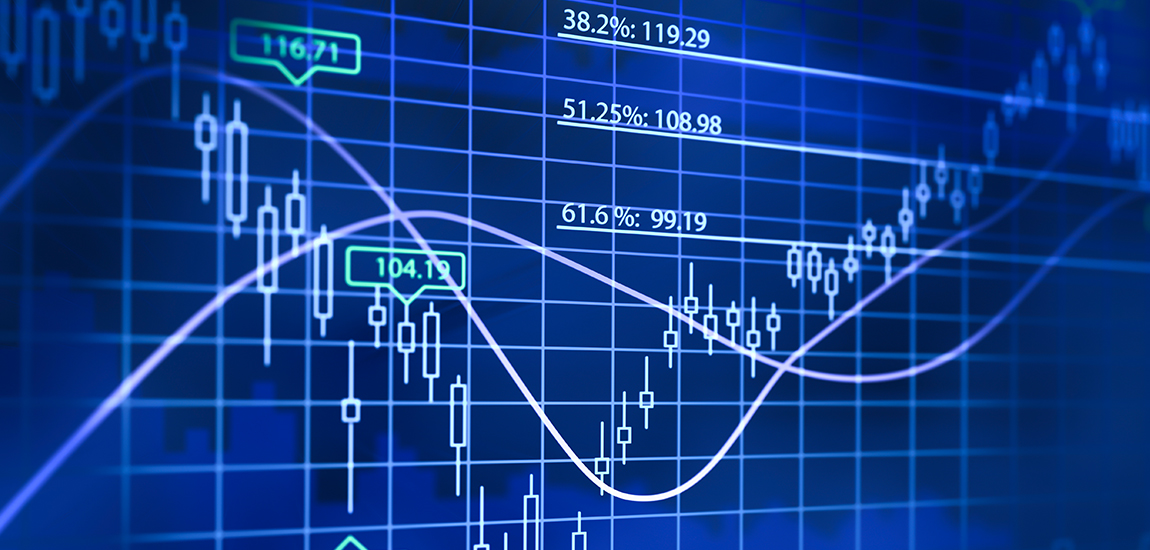
NYSE Price improvement analysis
Author
Kevin Tyrrell
Head of NYSE Research
Published
August 19, 2022
To help enable a data-driven, fact-based discussion around price improvement activity, NYSE has published a study quantifying the aggregate price improvement achieved by US equity investors in H1 2022 and analyzing its composition. Our study is based on public TAQ data and evaluates every standard trade in the first two quarters against the prevailing NBBO at that time.
Key Findings
- At common trade increments broadly available to all market participants, on exchange trading currently delivers 54% of total price improvement
- Just 12% of total price improvement occurs at sub-penny prices, as public investors are largely unable to compete at such price points
- Harmonizing pricing rules across the market could yield $6.3MM per day ($1.8B per year) in investor cost savings, based on projected incremental savings if exchanges could offer sub-penny price improvement in a competitive manner
NYSE Research Insights
Find all of NYSE Research's articles on market quality, market structure, auctions, and options.